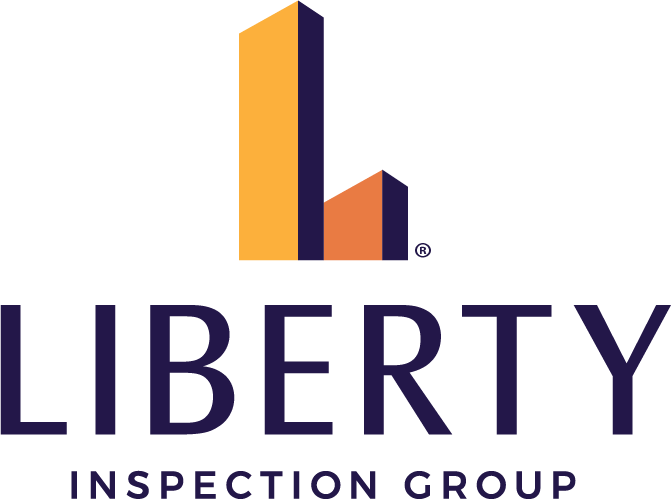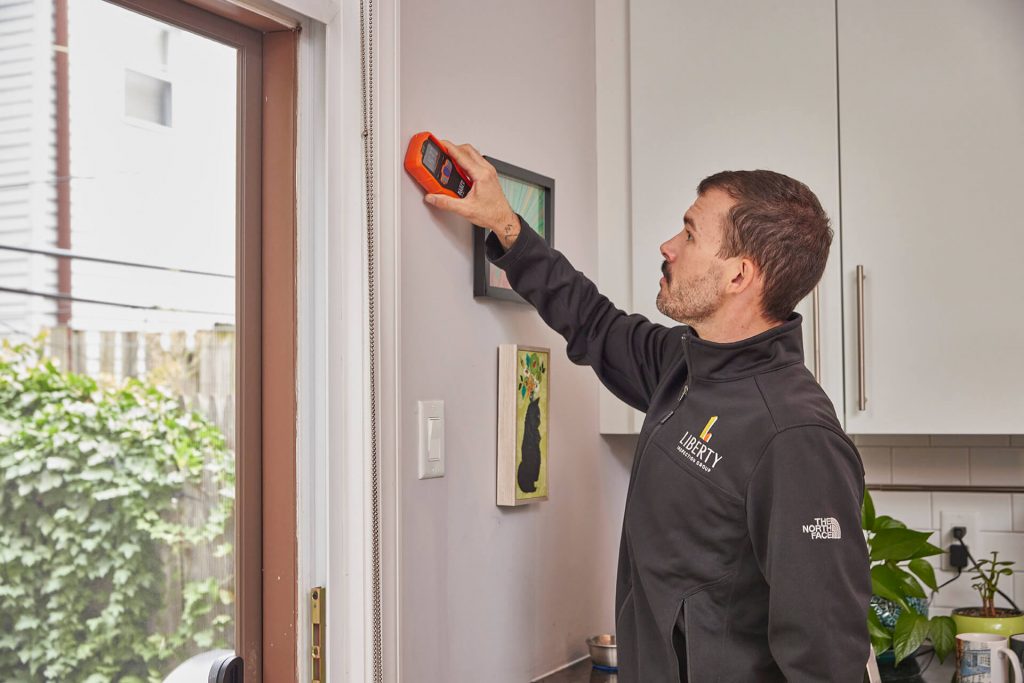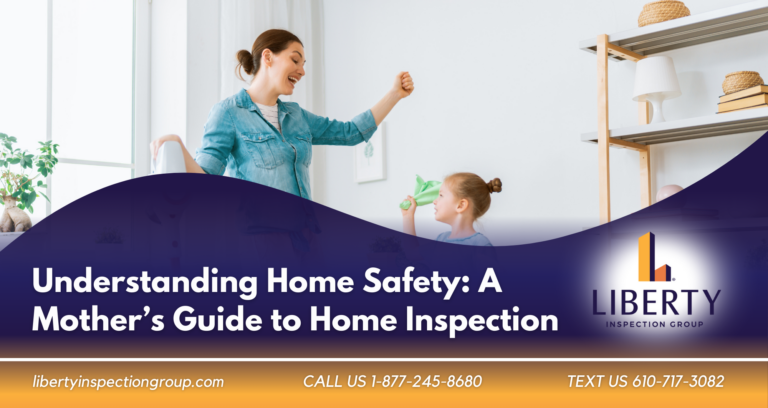There are three big questions that come to mind when getting a home inspection. How much will it cost? What inspections do I need? What does the inspection cover?
The last question is a topic unto itself, and precisely the question we’ll answer in this blog. Read on to find out what is included in a home inspection, and more specifically what practices we employ in our inspections that go above and beyond industry standards.
What Does a General Home Inspection Cover?
When you get a general home inspection, it’s basically a “top-to-bottom” evaluation of the home, inside and out. Our inspectors complete a visual assessment of the following in accordance with NACHI Standards of Practice:
●Exterior (roof, siding, gutters, shingles, chimney, foundation, etc.)
●Interior (windows, doors, structure, etc.)
●Systems associated with utilities (plumbing, electrical, HVAC, etc.)
●Attics, crawl spaces, and basements
What is Outside the Scope of a Home Inspection?
A home inspection is limited to visual assessment. That means that the owner’s property cannot be removed or damaged during the course of the inspection. While inspectors cannot peek behind the drywall during an active inspection, they are highly trained and able to inspect all components of a home with visual techniques and non-invasive measuring devices (like receptacle testers and infrared thermometers).
A home inspection by definition does not include termite certification, sewer line inspection (with a waterproof camera), septic system inspection, water testing, mold/air quality testing, or radon testing.
What About the Roof?
While some home inspectors will peek at the roof from a ladder and disclaim the roof covering in their report, we do things differently. Our inspectors physically walk the roof 95% of the time (or more). This allows them to inspect shingles, chimneys, gutters, and the roof as a whole. The proof is in the pudding and your inspector should include the pictures and videos in their reports.
Exceptional cases where the inspector won’t walk the roof include steep-sloped roofs, roofs with ice, and cedar or slate shingles (which are not to be walked on).
What About Mold?
Since a home inspection is based on visual findings, your inspector should point out stains and suggest further testing for mold when and if it makes sense. Any signs of water intrusion and possible microbial growth are noted in detail by your inspector in addition to recommended next steps. We offer Air Quality Testing for mold which you can add to a home inspection. You can also read more about mold testing in our previous blog post.
What About Appliances?
Your inspector should do a visual assessment of appliances that will stay on-site after-sale in addition to running them during the inspection. This goes above and beyond NACHI standards but most inspectors including ours typically test and inspect them.
How About the Garage?
Yes, your home inspector should absolutely inspect garages as well as other structures that may be detached from the home! Attached garages and small detached garages are included in the home inspection (we provide this service at no extra charge).
Now you know. The above points are a great place to start when shopping for a home inspector. Need more info? You can peruse our blog for other helpful topics on buying, selling and inspecting homes.
By Chris Earley









